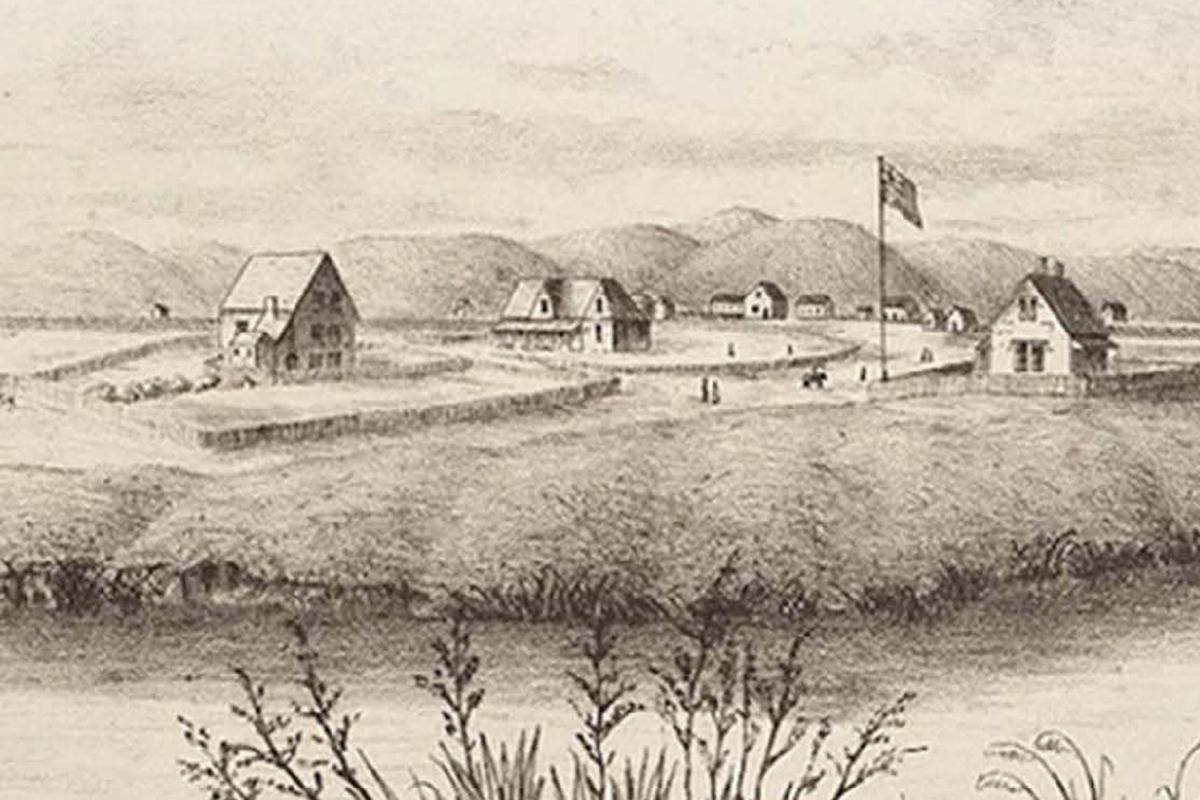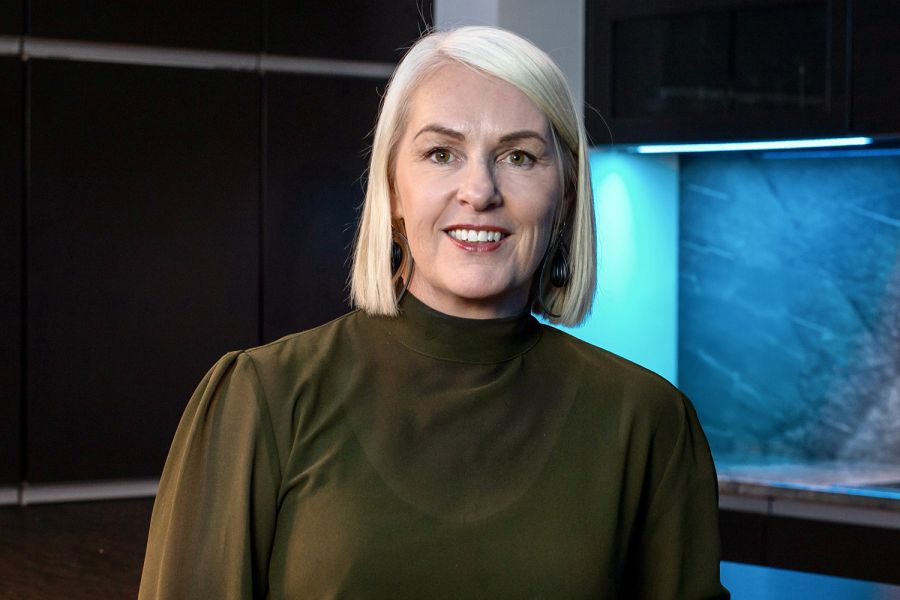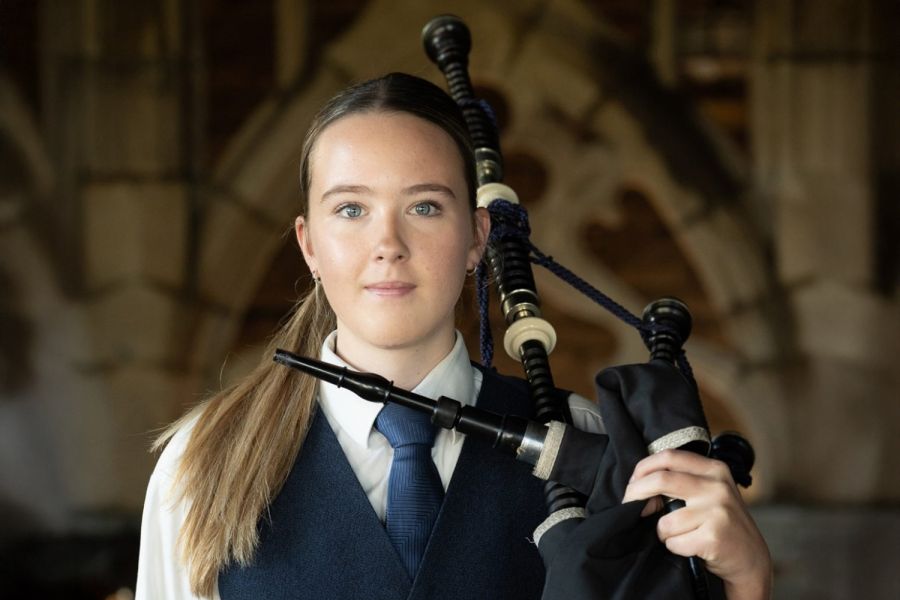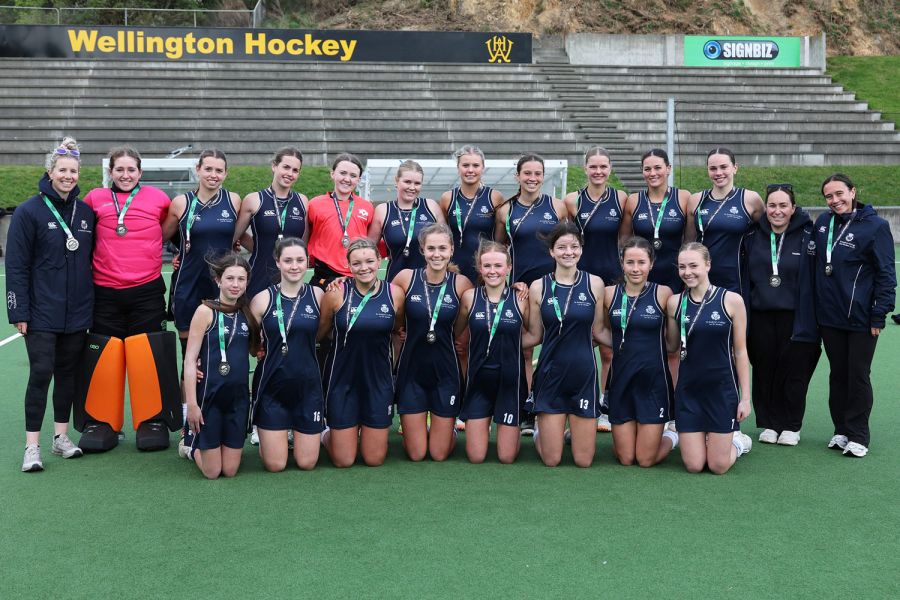A Cultural Narrative for past, present and future
1 May 2024

REGULUS // ISSUE 1 // MAY 2024
Over the last year, St Andrew’s Museum Archivist and Curator, Pip Dinsenbacher, has taken on the challenge of researching and writing the College’s first Cultural Narrative. “This document will recognise the historical relationship between all the places associated with the College and the mana whenua, Ngāi Tahu. It will also include St Andrew’s Presbyterian and Scottish heritage and culture, another integral part of our history,” says Pip.
To create the document, Pip has undertaken considerable research into the history of the mana whenua in the region going back centuries and has also delved into the history of the four key sites associated with St Andrew’s – the original site of the College in Addington, the current Strowan site, the leased land at Kura Tawhiti Castle Hill, and the farm at Cave. “The Cultural Narrative will include Ngāi Tahu’s guardianship, stories, history, belief systems, and practices which relate to the land, and will help to ensure the tikanga and values of Ngāi Tahu are actioned and acknowledged in our outcomes going forward,” says Pip.
After gathering hundreds of pages of research it became clear that St Andrew’s College had a dual narrative, which would form the basis of its own document. The College relationship with both mana whenua and its Presbyterian heritage would not exist without the other. Bringing the two narratives together in the document, the narrative uses the metaphor of weaving – the warp and the weft, the tartan and the kākahu. While there are some differences between the two narratives, there are also lots of synergies in terms of looking after each other, and keeping language, stories, and traditions alive.
Along with being a public document, the Cultural Narrative will also become a significant teaching resource. It will put into context what was happening on the land well before pre-European settlement, when for example, the Strowan site was largely swampland, used by hunters and gatherers for food. Each site has a rich history, which should be understood by students in the same way that St Andrew’s Scottish Presbyterian traditions and connections are celebrated.
Rector, Christine Leighton, says Pip is doing a wonderful job of weaving together the College’s traditional stories into the Cultural Narrative. “We must also continue to look forward to the changing demographics of our community. Currently our students and staff identify with 22 different ethnicities, so in years to come additional strands in the document will represent the narratives of multiple faiths and cultures represented here. All these strands will bind and tighten in support of each other to represent the future fabric of our College as we continue to celebrate our diversity and commitment to a truly inclusive St Andrew’s community.”
Christine refers to the well-known Māori whakataukī; Ka mua, ka muri – walking backwards into the future, reminding us that we all occupy a particular point-in-time in the history of our land and our kura. “The past, present, and future all eventually merge into our own unique and special story.”
Related Posts


